China Revamps M&A Rules to Boost Market Efficiency
本文包含AI辅助创作内容
On May 16, China's securities regulator unveiled a sweeping overhaul of its M&A regulatory framework for listed companies, with the revised Administrative Measures for the Major Asset Restructuring of Listed Companies(hereafter, “the Measures”) now in effect. The changes, which emphasize streamlined procedures, improved payment mechanisms, and broader participation by private equity, mark China's most ambitious step yet in fostering a more vibrant and efficient capital market.
While these reforms may appear domestic in nature, their implications stretch far beyond China's borders. For institutional investors, foreign legal and accounting advisors, and M&A professionals, the updated framework signals an evolving regulatory climate in the world's second-largest economy—one that offers fresh opportunities for cross-border dealmaking and capital deployment.

A Break from the Past: Six Key Reforms Driving China's New M&A Landscape
The newly released Measures introduce six major changes, many of them unprecedented in China's regulatory history:
Simplified Review Procedures: For the first time, a “fast-track” review process has been introduced for certain M&A transactions. Qualifying deals—such as mergers by absorption between listed companies or acquisitions by large-cap firms with high disclosure ratings—can now be reviewed and approved in as little as 12 business days (“2+5+5” model: 2 days for acceptance, 5 for review, 5 for registration).
Phased Payment Flexibility: The Measures formally allow the phased issuance of shares for acquisitions. The validity period for a single registration application has been extended to 48 months, enhancing payment flexibility and predictability for long-term investors.
Private Equity Encouraged via Lock-Up Adjustments: A novel “reverse lock-up” mechanism ties the lock-up period to the PE fund's investment horizon. If a private equity fund has a holding period of at least 48 months, the lock-up period for shares acquired in M&A can be halved—from 12 to 6 months in third-party deals, and from 24 to 12 months in restructuring listings. This reform directly addresses one of the sector's biggest pain points: exit constraints.
Greater Regulatory Tolerance: The Measures loosen regulatory scrutiny in areas such as related-party transactions, financial condition volatility, and industry competition—provided disclosures remain robust. This aligns with international practices and provides more room for strategic corporate actions.
New Guidelines for Absorptive Mergers: The Measures set a six-month lock-up for controlling shareholders of acquired firms in absorptive mergers. If the deal constitutes an acquisition under the Administrative Measures for the Acquisition of Listed Companies, the lock-up period extends to 18 months.
Alignment with New Company Law: In line with the amended Company Law of the People's Republic of China(2023), procedural and definitional terms in the Measures have been updated for consistency and legal clarity.
The Context: “Six M&A Directives” and Policy Momentum
The overhaul follows the “Six Directives on Deepening M&A Reform” (commonly known as the “M&A Six Measures”) issued by the China Securities Regulatory Commission (CSRC) in September 2023. These directives—aimed at supporting industrial consolidation, boosting regulatory flexibility, improving intermediary services, and strengthening post-deal oversight—set the tone for the current regulatory push.
Chairman Wu Qing of the CSRC, speaking at a press conference on May 7, emphasized that M&A is a key vehicle for listed companies to achieve transformation and upgrade. “We are expediting revisions to the Measures and accompanying regulatory guidance,” Wu noted, signaling strong top-level policy coordination.
Impact Already Visible: RMB 200 Billion in Deals Completed This Year
The market has responded swiftly. Over 600 asset restructuring proposals have been announced in 2024 so far—1.4 times the number from the same period last year. Among these, nearly 90 are classified as “major asset restructurings,” a 3.3-fold increase year-over-year. Notably, the total value of completed major restructurings has already exceeded RMB 200 billion, more than 11 times the amount completed in the same period in 2023.
This surge underscores the policy's effectiveness in reviving deal flow and affirms the capital market's function as a core financing channel for corporate transformation.
Stock Exchanges Follow Suit: Audit Rulebooks Also Revised
To complement the Measures, all three of China's major exchanges—Shanghai, Shenzhen, and the Beijing Stock Exchange—simultaneously revised their M&A review guidelines. These revisions codify the simplified audit pathway and introduce a “small-scale fast-track” mechanism for eligible deals, echoing trends in global best practice.
Critically, exchanges have introduced negative lists to screen out deals from fast-track review, including those involving:
Firms or controlling shareholders sanctioned in the past 12 months
Intermediaries subject to regulatory censure
Deals with unprecedented legal structures or high media sensitivity
While transactions qualifying for simplified review will be spared the traditional in-depth inquiry process and committee hearing, the exchanges stress post-deal compliance. Any abuse of the simplified path will result in stricter enforcement and sanctions.








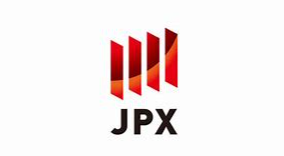
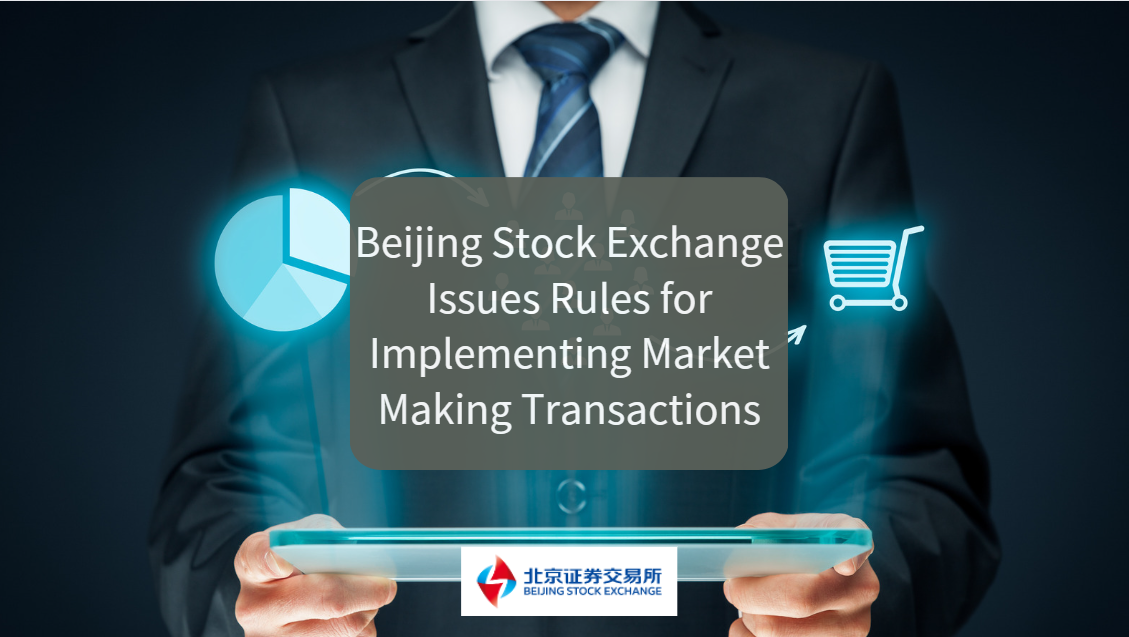

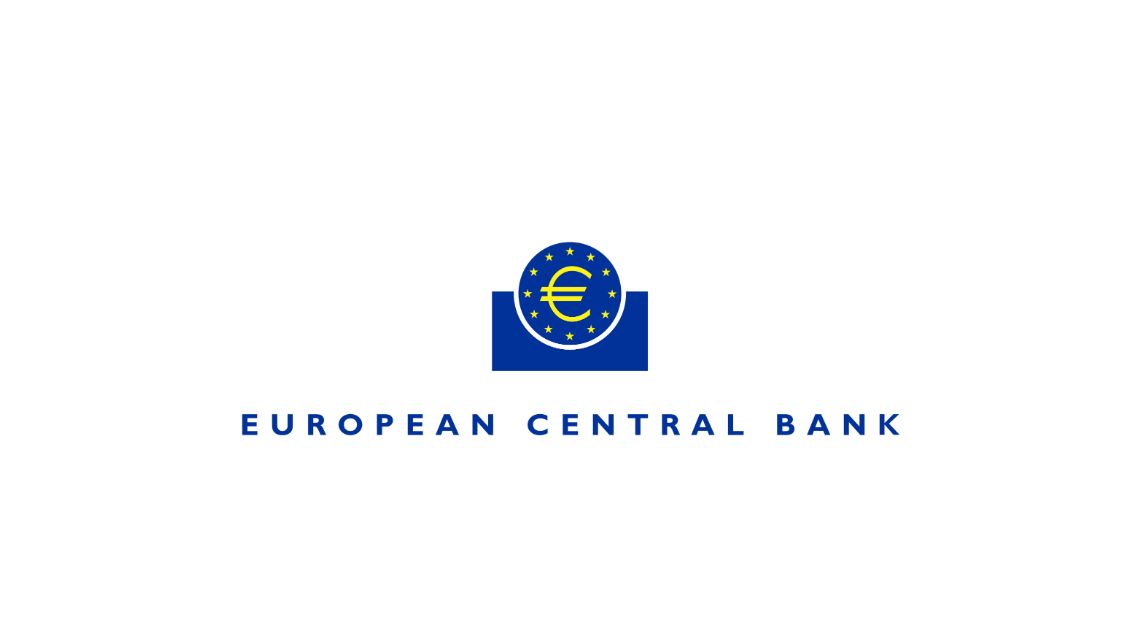




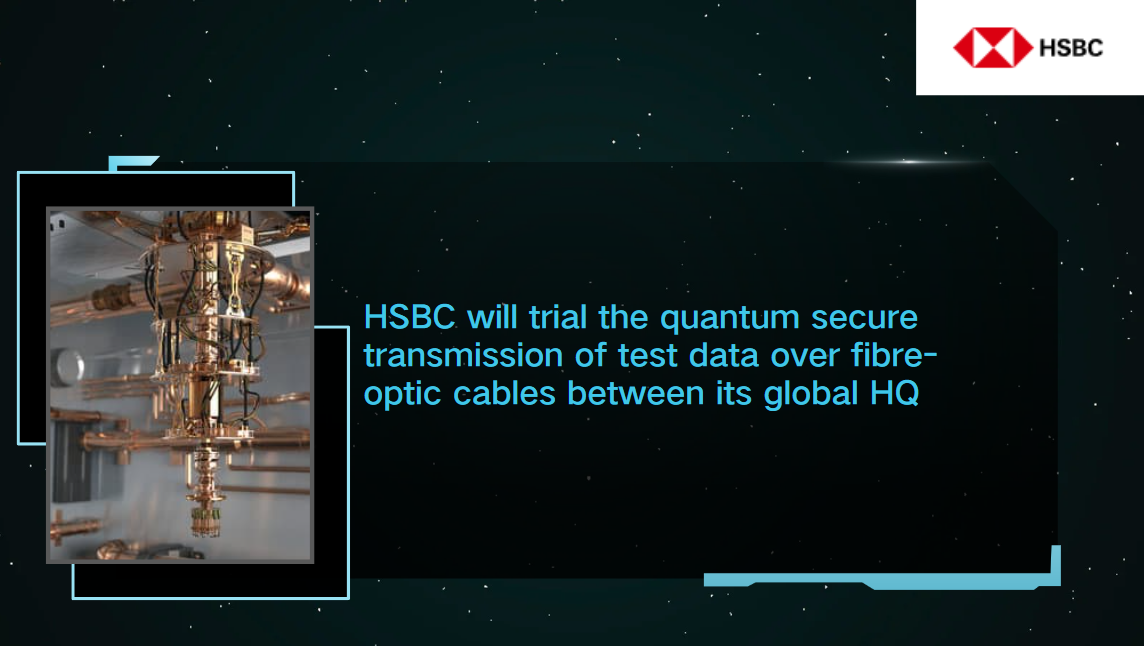
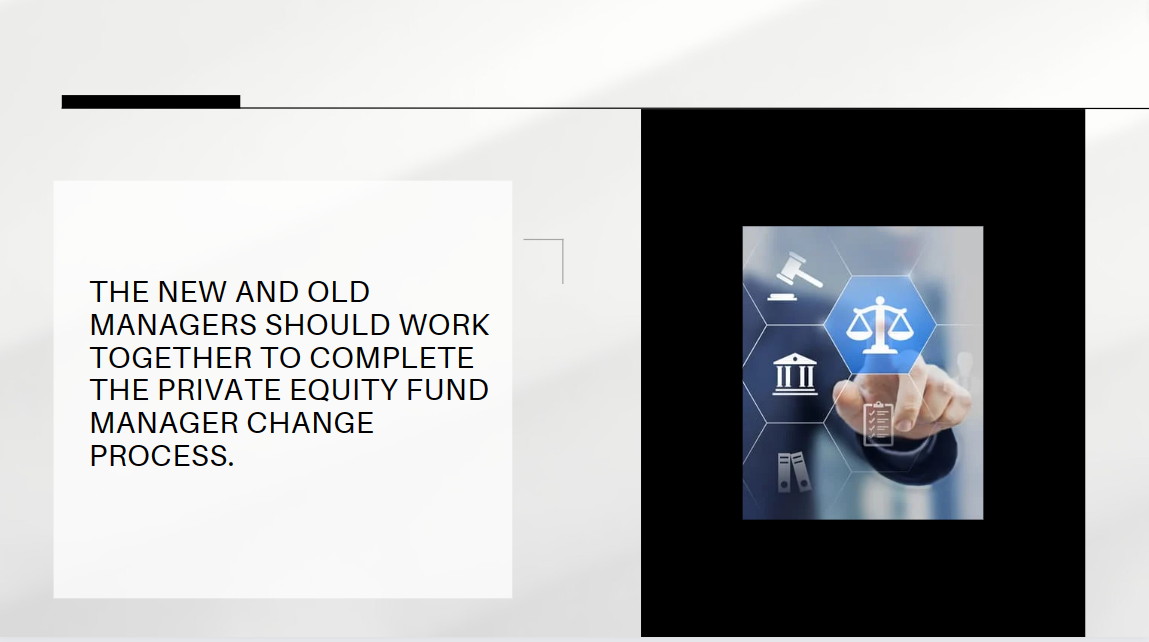
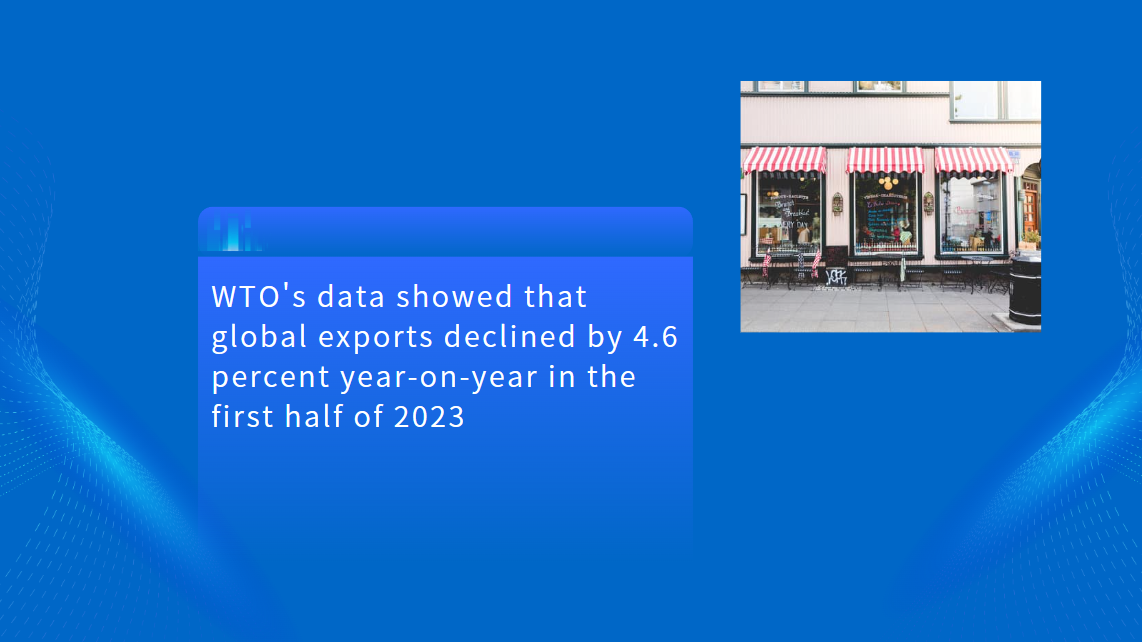
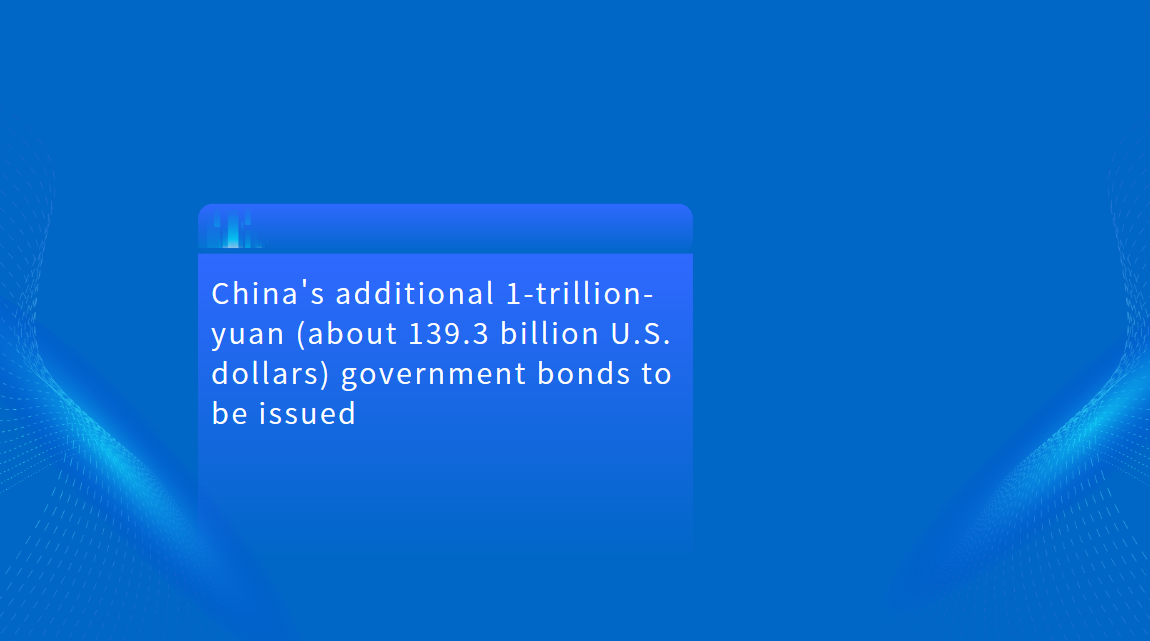



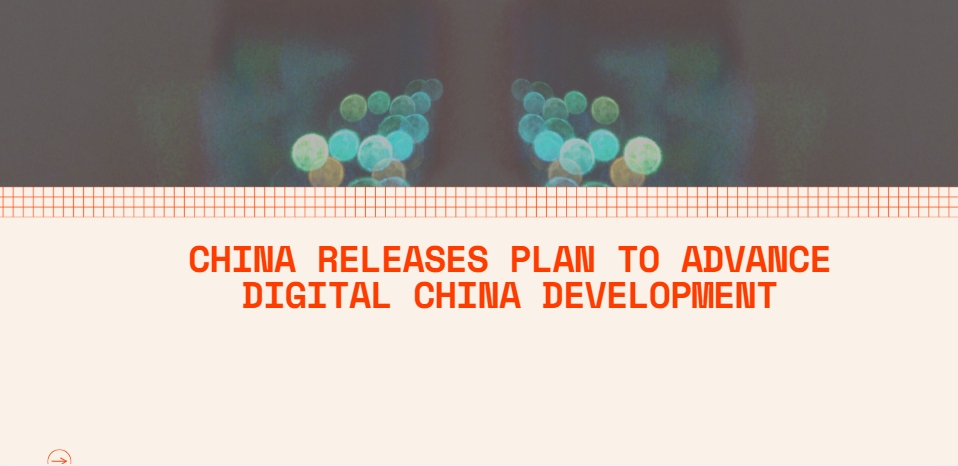
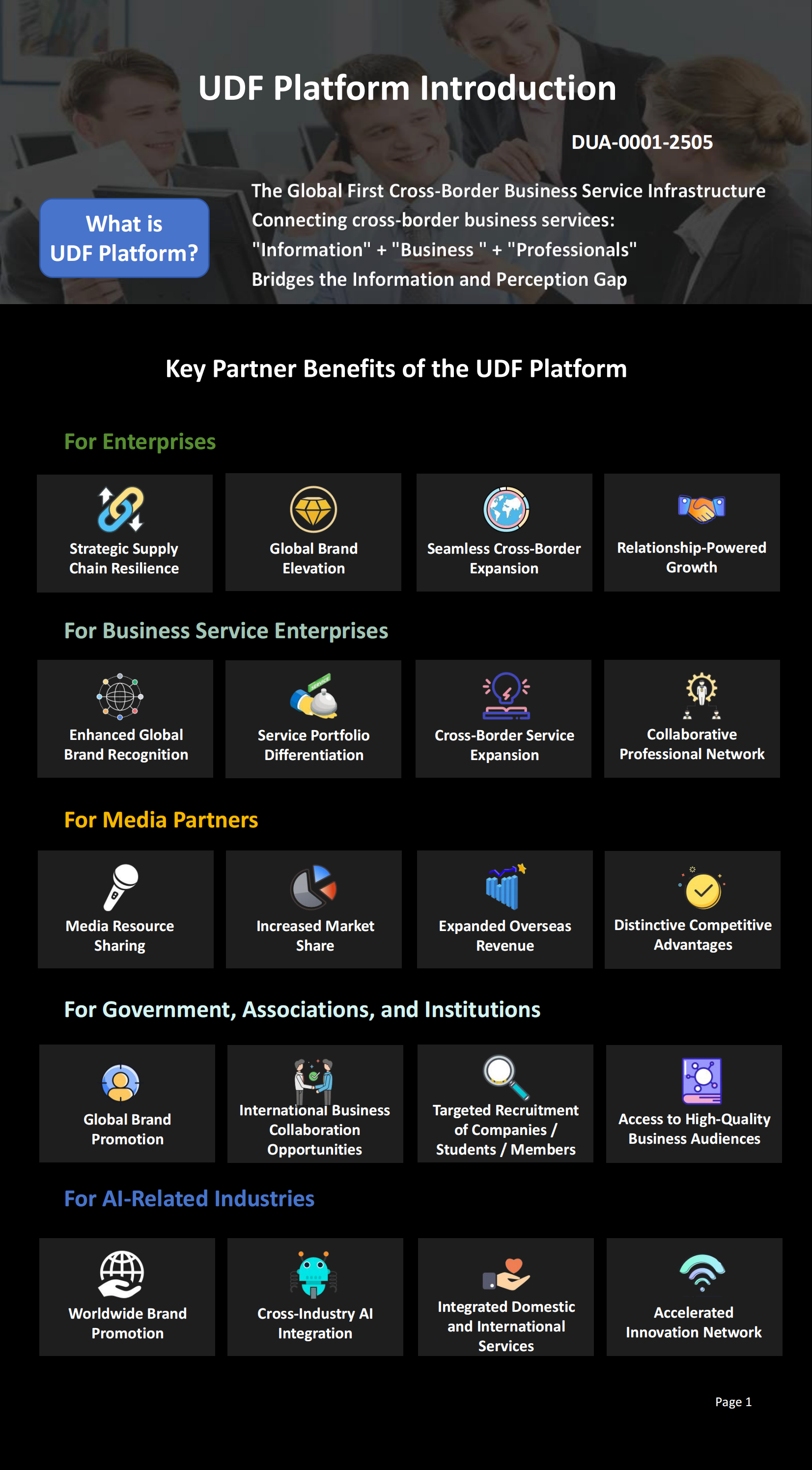












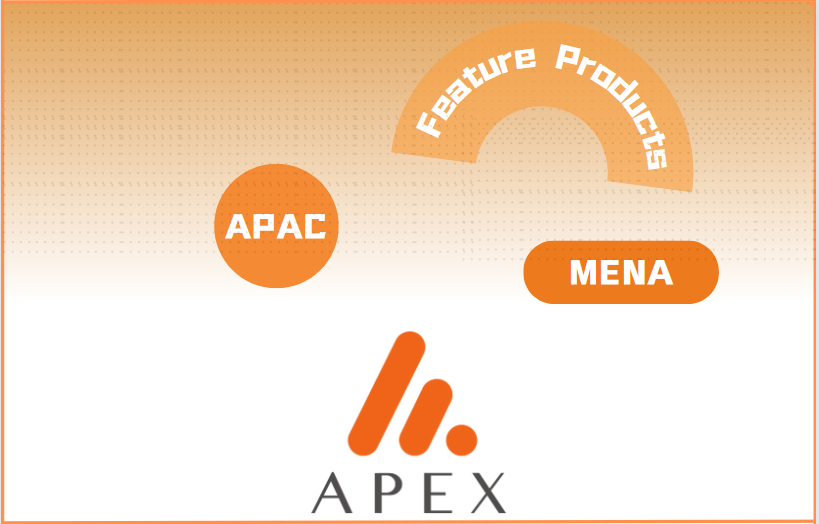















First, please LoginComment After ~